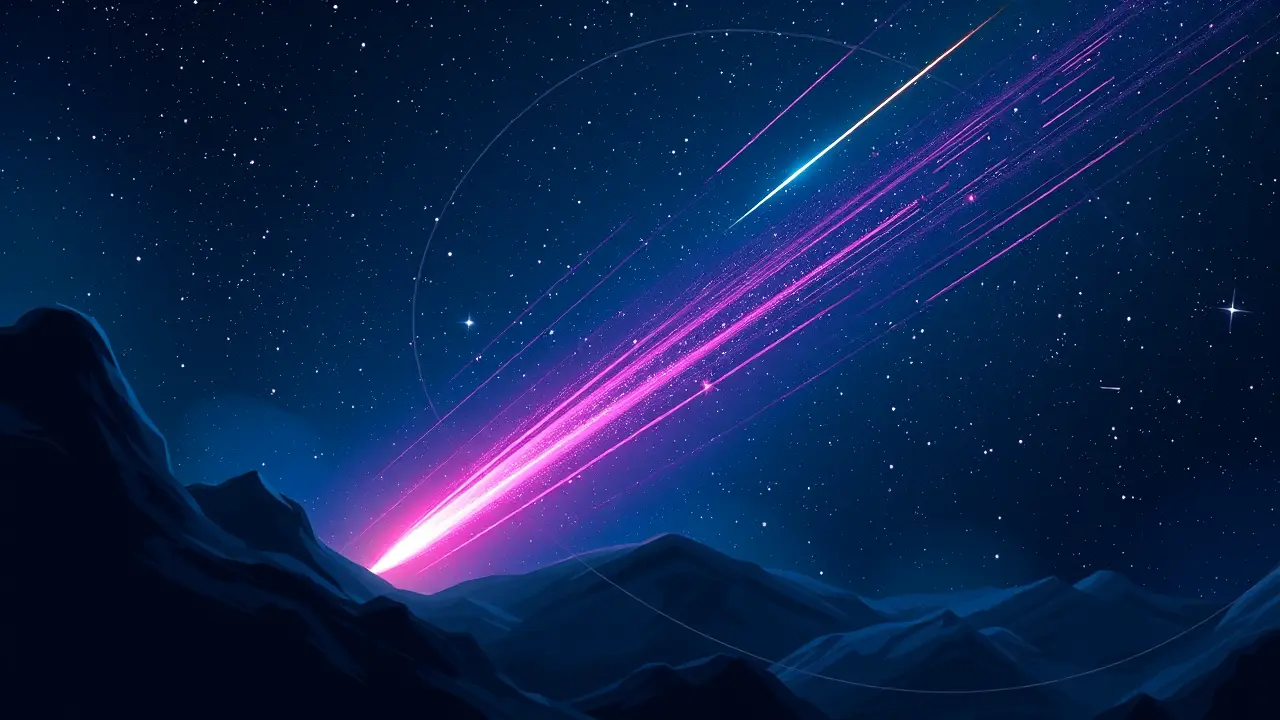
Sciencespace & astronomyNASA Missions
Halloween's Taurid Fireballs Signal a Hidden Cosmic Threat
TH
Thomas Green
3 days ago7 min read
The annual Taurid meteor shower, a celestial spectacle lighting up Halloween skies, is more than a beautiful display; it's a sobering warning that Earth orbits in a cosmic shooting gallery. Originating from the disintegrating Comet Encke, the Taurids are famous for their slow, bright fireballs.However, scientists have identified a more dangerous component within this stream: the 'Taurid resonant swarm,' a dense cluster of material that includes asteroids hundreds of meters across. New research from physicist Mark Boslough, using advanced planetary defense models, highlights two periods of significantly heightened risk: 2032 and 2036.During these years, Earth's path is forecast to take it directly through the core of this swarm, increasing the chance of an encounter with an object capable of causing regional or continental devastation. This threat is not theoretical; the 1908 Tunguska event, which leveled a vast expanse of Siberian forest, is strongly linked to a Taurid fragment.In response, a global network of observatories, including Pan-STARRS and the forthcoming Vera C. Rubin Observatory, is tirelessly working to catalog near-Earth objects.Yet, these crucial efforts are often hampered by public indifference and the noise of online doomsday speculation, which obscures genuine scientific concern. The ultimate challenge extends beyond astronomy to the realms of public communication and political will, requiring a clear path from complex orbital data to concrete preparedness. As we admire the Taurids' glow, we are reminded that mitigating this cosmic danger is a race against time, underscoring humanity's fragile place in a vast and unpredictable universe.
#featured
#Taurid meteor shower
#Comet Encke
#planetary defense
#impact risk
#Mark Boslough
#2032
#2036
Stay Informed. Act Smarter.
Get weekly highlights, major headlines, and expert insights — then put your knowledge to work in our live prediction markets.
Related News
© 2025 Outpoll Service LTD. All rights reserved.
